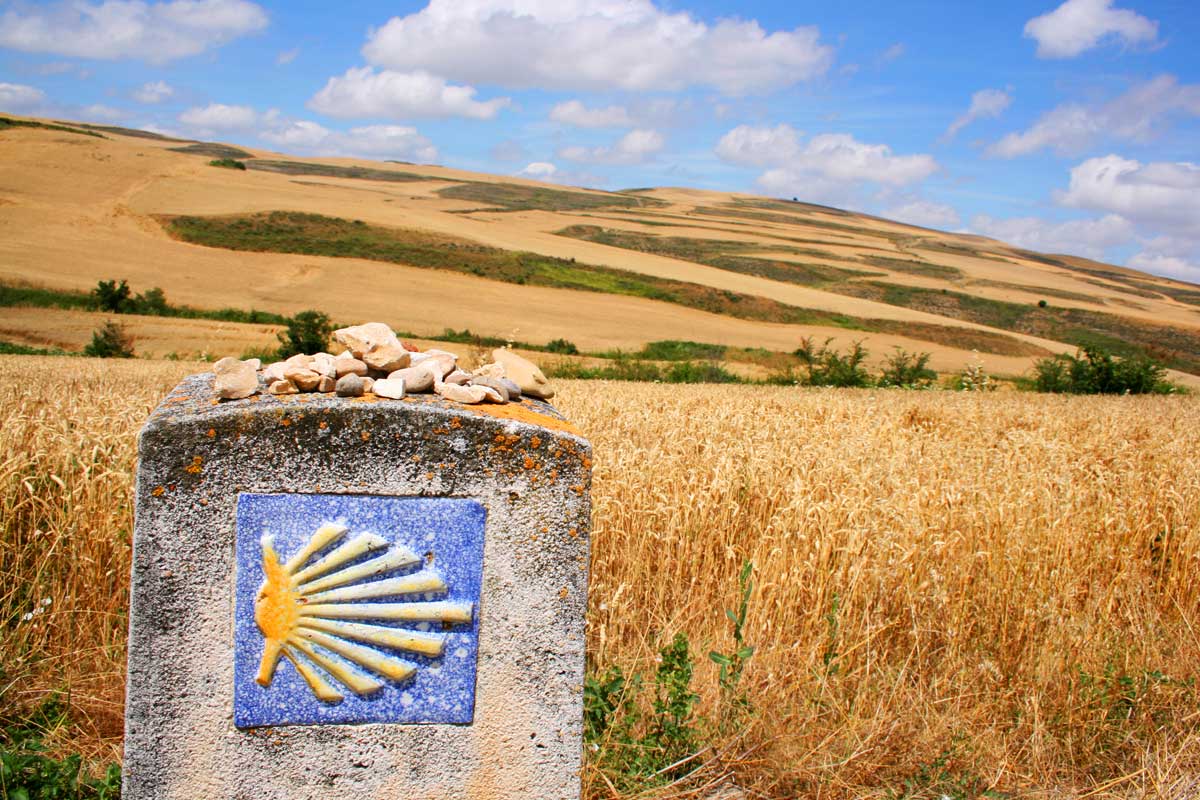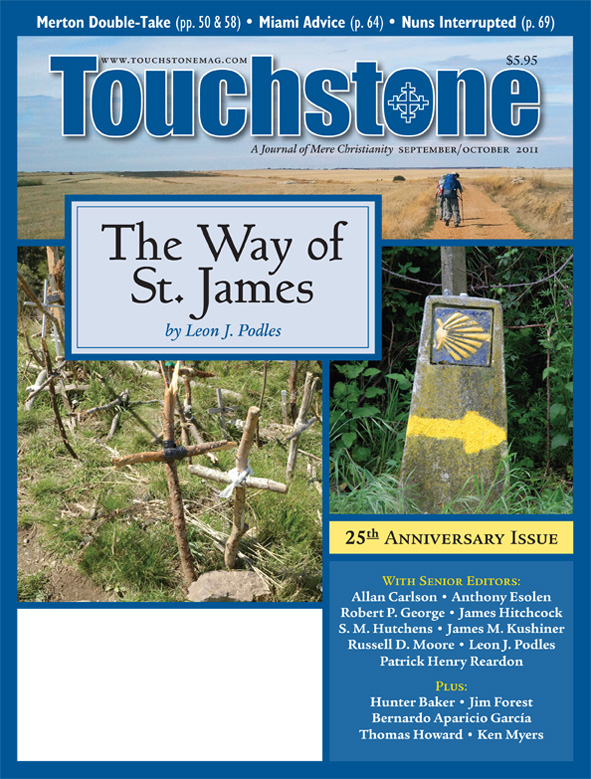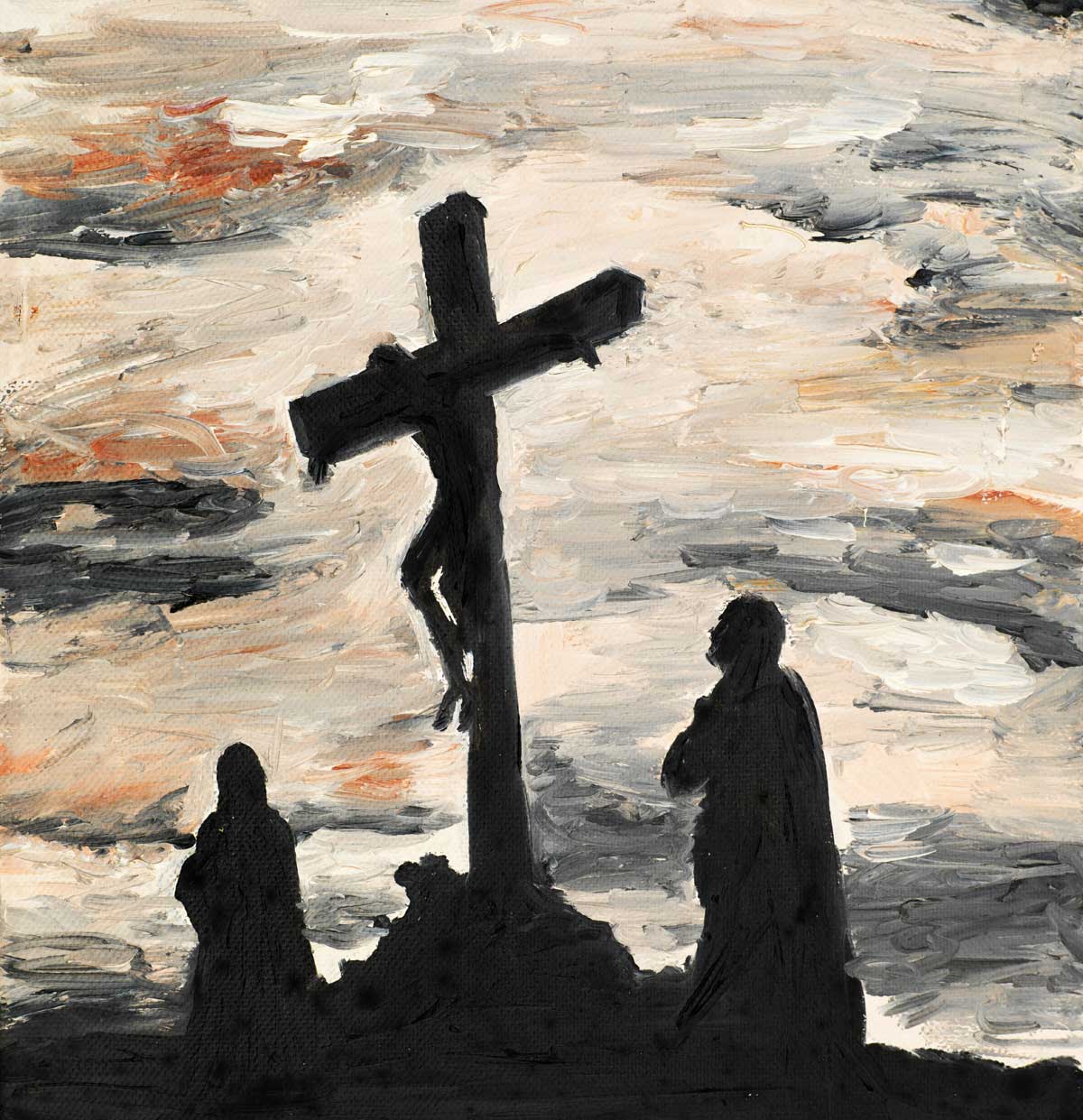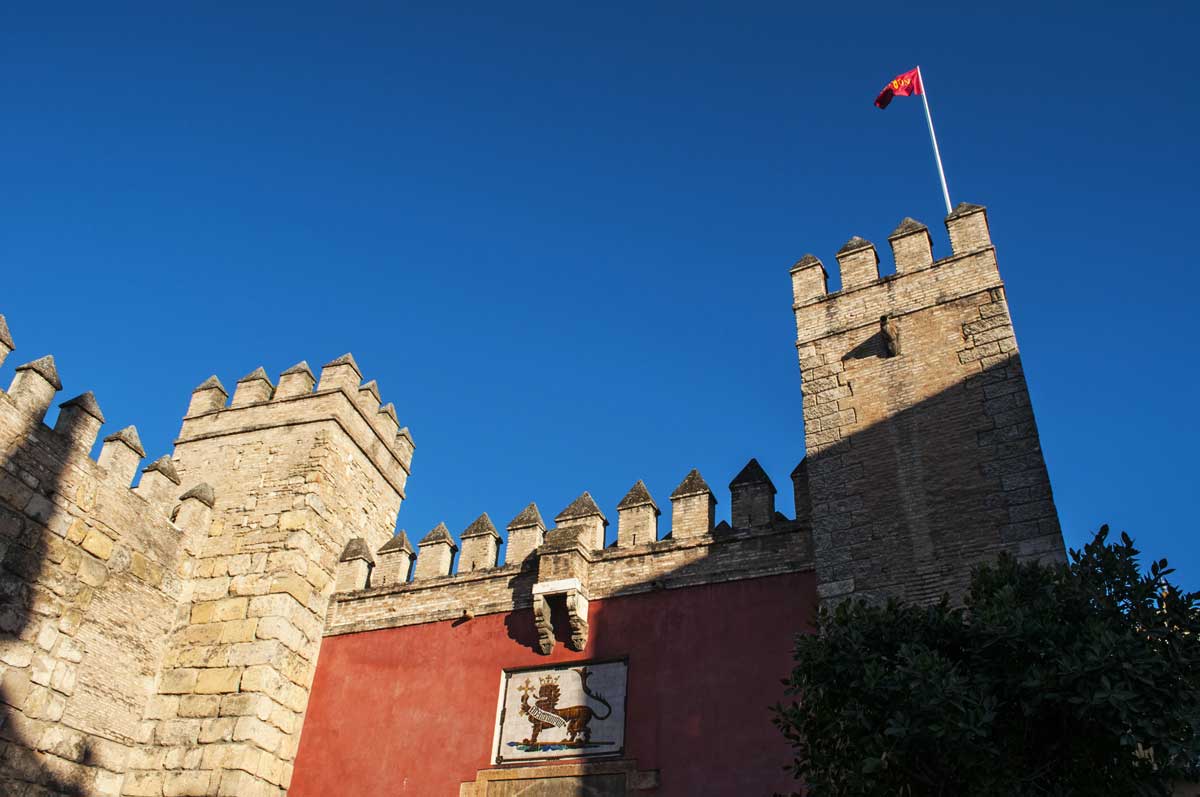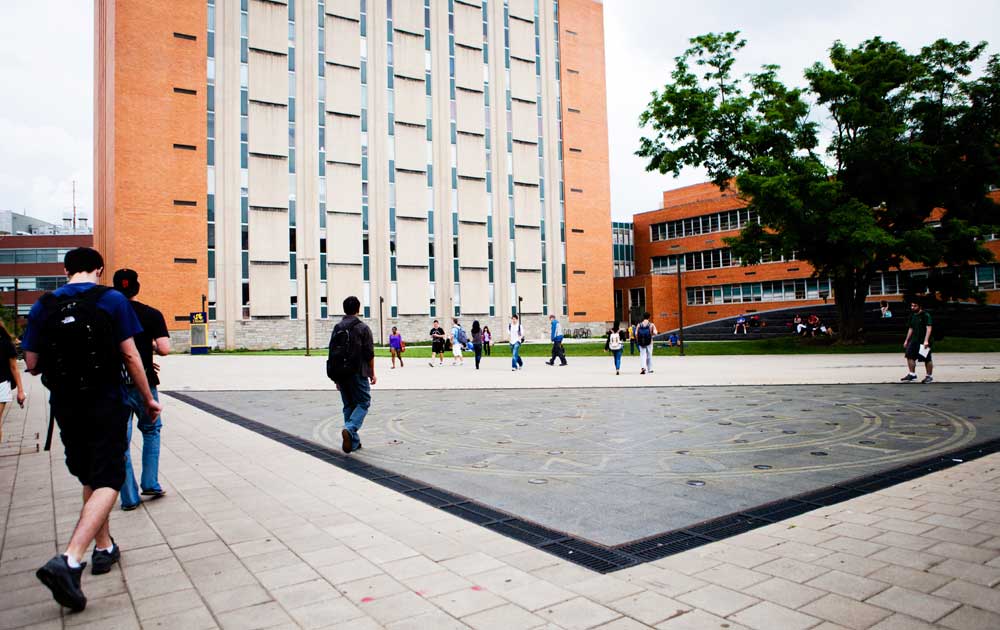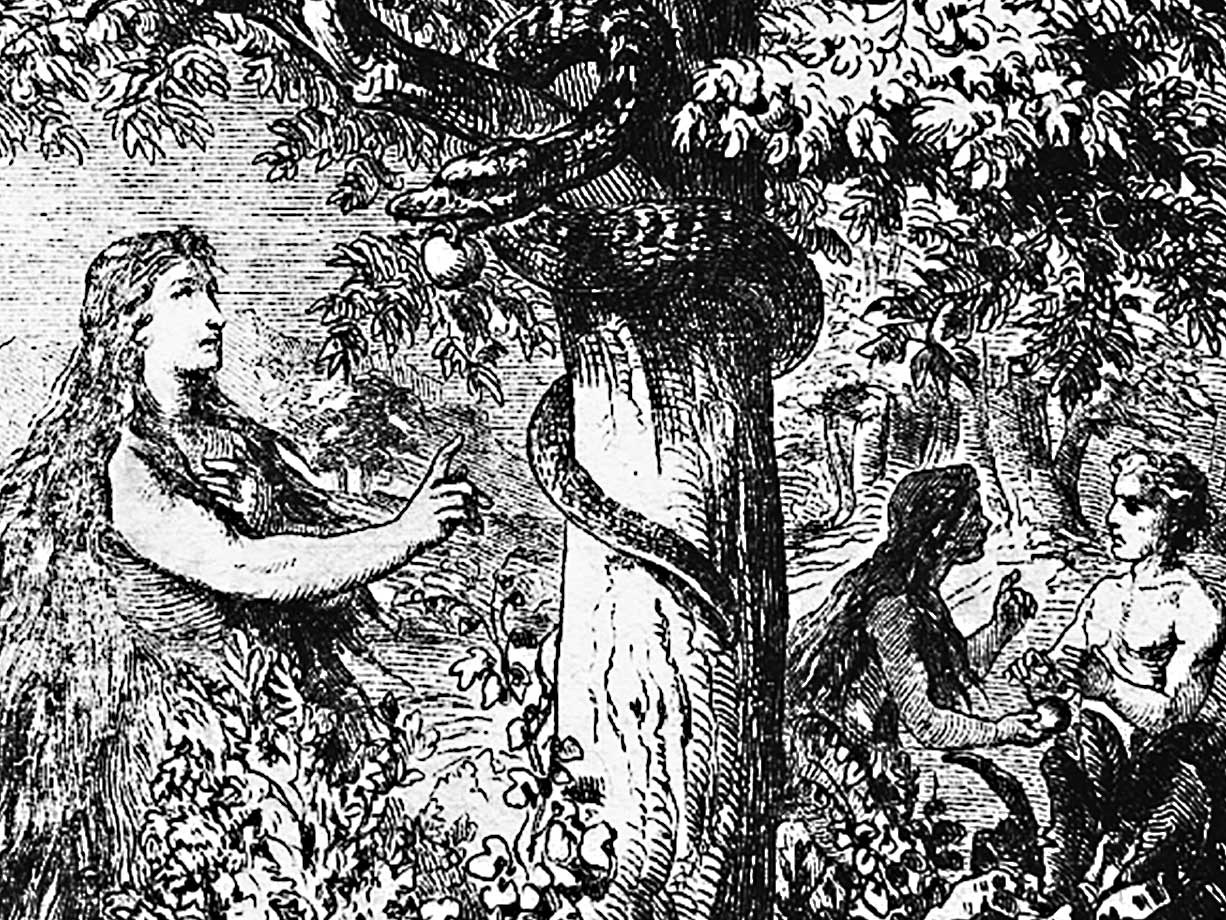Feature
The Way of St. James
My 500-Mile Pilgrimage on El Camino de Santiago
Few Americans have heard of the Camino de Santiago, the Way of Saint James, and I have been asked how I found out about it (although perhaps it would be more accurate to say the Camino found me—a common experience). I like to hike, and I especially like to hike from inn to inn over a long distance. It is almost impossible to do that in North America—the towns are too far apart. I also like to hike where I can see a variety of things—scenery, churches, museums—again, difficult in North America.
One website advertised tours of the Camino de Santiago in Spain. I was intrigued, and started reading about it. The more I read, the more interested I became. Two books especially clinched it for me. One, To the Field of Stars, was by a priest, Kevin Codd, who was once the rector of the small American seminary in Louvain, Belgium. The seminary had problems—mostly declining enrollment—and he needed to think and pray, so he decided to walk the principal stretch of the Camino, from the town of St. Jean Pied-de-Port at the foot of the Pyrenees Mountains to Santiago de Compostela in northwest Spain. As a priest, he was attuned to the symbols and traditions of the Camino.
The other book was from a different perspective: I’m Off Then: Losing and Finding Myself on the Camino de Santiago, by Hans Peter (Hape) Kerkeling, a gay German comedian. He was a couch potato, but one day the idea entered his head: “I am going to walk the Camino.” So he did. He kept a diary, which he later talked about on a TV show. A publisher heard him, and asked him to write it up into a book, which became a bestseller, and the Camino is now full of Germans, one of whom wrote on an underpass, Sankt Hape, bitte für uns (St. Hape, pray for us). John Brierley’s guidebook, A Pilgrim’s Guide to the Camino de Santiago gives good advice about practical matters and the right attitude.
As I have passed my sixtieth year, I was concerned about whether I could walk 500 miles, the distance from St. Jean to Santiago. Most pilgrims do shorter sections over the years and combine them, but I decided I had best walk the whole 500 miles at one go, since “at my back, I always hear / time’s winged chariot hurrying near.” I read the blog of a 70-year-old retired teacher who completed the Camino, so I decided I could do it.
Most pilgrims carry all their possessions in a backpack, and show up each day at a new refugio, a dormitory run by a church or village or private association. I decided that I was a little too old for a dormitory, and my doctor had warned me that my days of hiking with a full backpack were over. I discovered a service called Follow the Camino, which would make reservations at small hotels at 12- to 20-mile intervals and transport my duffel bag between hotels. This allowed me to take just a daypack. I decided to walk in the fall, to avoid the blistering heat of Spain in the summer. In July 2010, I spent three weeks hiking in Glacier National Park and Yellowstone to get into shape.
Becoming a Pilgrim
On September 14, 2010, the feast of the Triumph of the Holy Cross, I went to Mass, and a friend, Father Rose, blessed me and presented me with my pack (mochila), hiking pole (bastón), and a leather strap with a scallop shell (venera), on which my wife had painted the cross of Santiago. He gave me the Pilgrim’s blessing:
In the name of the Lord Jesus Christ, shoulder this backpack, which will help you during your pilgrimage. May the fatigue of carrying it be expiation for your sins, so that when you have been forgiven you may reach the shrine of St. James full of courage, and when your pilgrimage is over, return home full of joy.
Receive this staff as support for the journey, so that you are able to arrive safely at Saint James’s feet.
Receive this shell as a sign of your pilgrimage. With God’s grace, may you behave as a true pilgrim throughout your entire journey.
Leon J. Podles holds a Ph.D. in English from the University of Virginia, has worked as a teacher and a federal investigator, and is president of the Crossland Foundation. He is the author of The Church Impotent (Spence), Sacrilege (Crossland Press), and Losing the Good Portion: Why Men Are Alienated from Christianity (St. Augustine Press). Dr. Podles and his wife have six children and live in Baltimore, Maryland. He is a senior editor of Touchstone.
bulk subscriptions
Order Touchstone subscriptions in bulk and save $10 per sub! Each subscription includes 6 issues of Touchstone plus full online access to touchstonemag.com—including archives, videos, and pdf downloads of recent issues for only $29.95 each! Great for churches or study groups.
Transactions will be processed on a secure server.
more on Christianity from the online archives
more from the online archives
calling all readers
Please Donate
"There are magazines worth reading but few worth saving . . . Touchstone is just such a magazine."
—Alice von Hildebrand"Here we do not concede one square millimeter of territory to falsehood, folly, contemporary sentimentality, or fashion. We speak the truth, and let God be our judge. . . . Touchstone is the one committedly Christian conservative journal."
Support Touchstone
—Anthony Esolen, Touchstone senior editor





